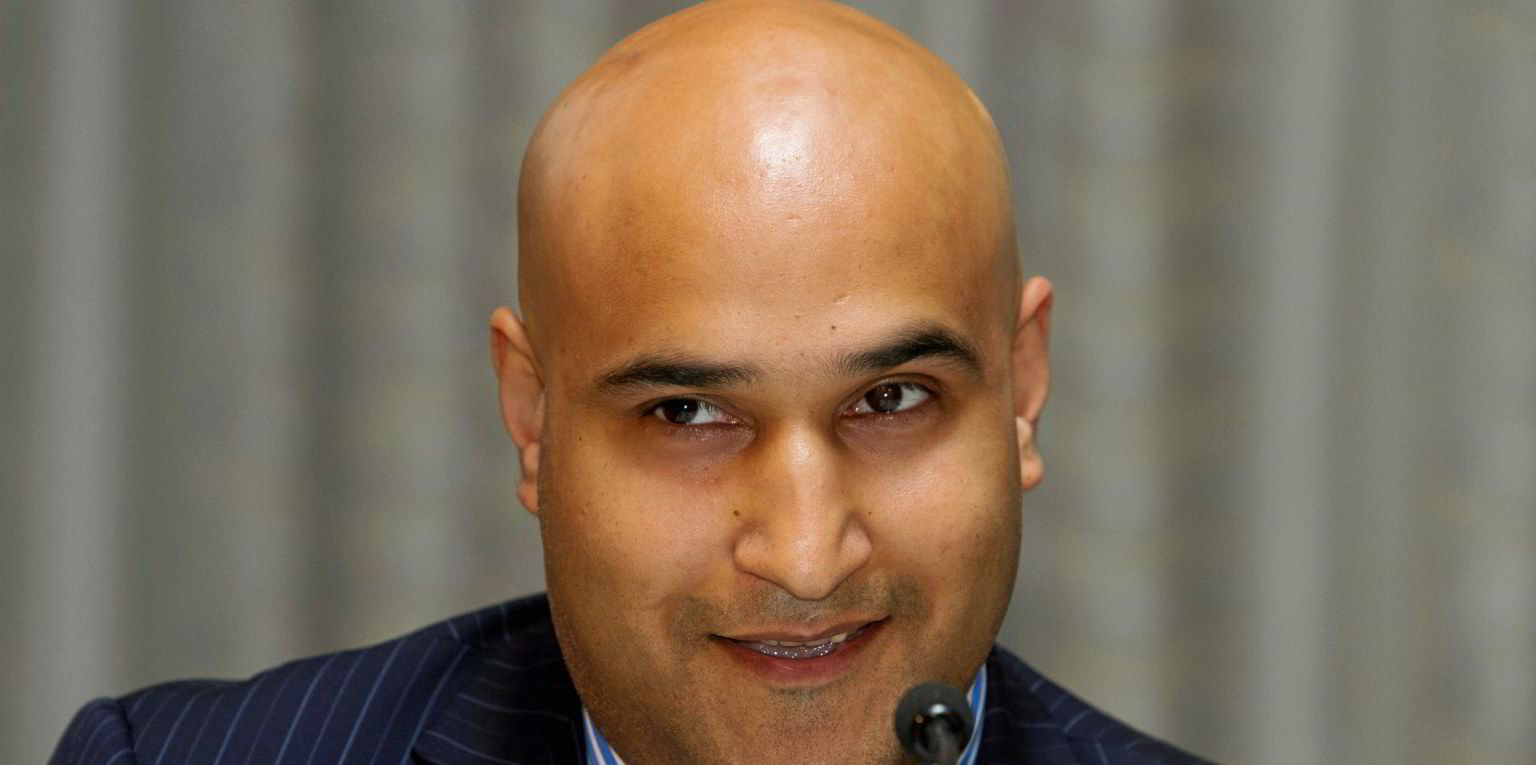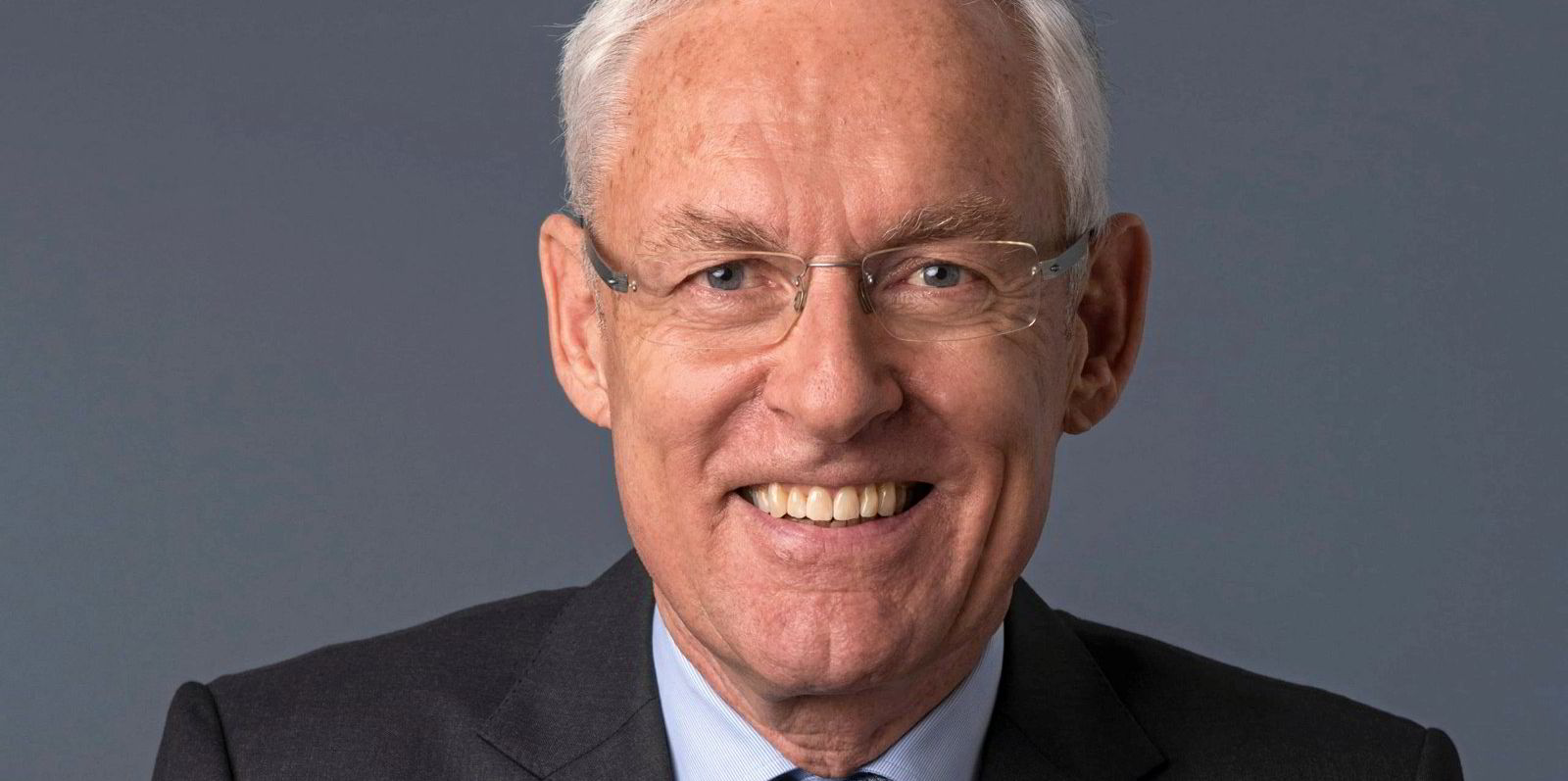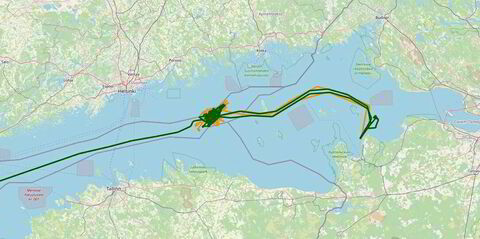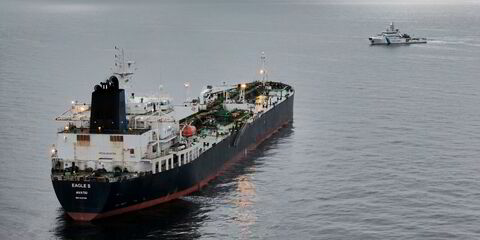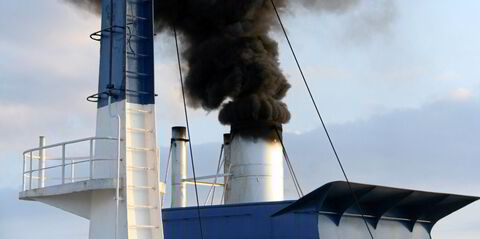A leading UK shipbroker believes 2022 should be another active year for sale and purchase as environmental regulations put owners off ordering new ships.
Toby English, global head of S&P at Simpson Spence Young (SSY), said in the company's look ahead to this year that there is no doubt that from a fundamentals perspective the signs are interesting.
“Emission regulatory changes will no doubt have a huge impact,” he said.
But English added: “With the debate still hot in terms of the next generation fuelling, and newbuilding capacity being limited, we expect that owners will still take the less risky option of looking at the more modern economical tonnage rather than (with the exception of the container fleet) looking at newbuilding replacement tonnage from the yards.”
This is particularly likely due to capacity being so tight at shipbuilders, and prices unlikely to soften dramatically for fresh tonnage.
“As a result, we could well see a busy year in the S&P sector for 2022,” English said.
Boom in 2021
The broker described 2021 as “extraordinary” in terms of sales, particularly in the hot dry bulk and container segments.
After years of a lack of ordering in both the container and bulk segments, increased demand in the latter part of 2020 completely outstripped supply.
This led to the sort of anecdotes not heard of since the mid-2000s — for example, capesize bulkers loading cargoes of logs out of South America and handysize bulkers being chartered by end-users to ship their containers due to a lack of alternatives.
Tanker owners have not been in the same boat, however, with lower demand leading to weaker freight rates.
Opportunity knocking?
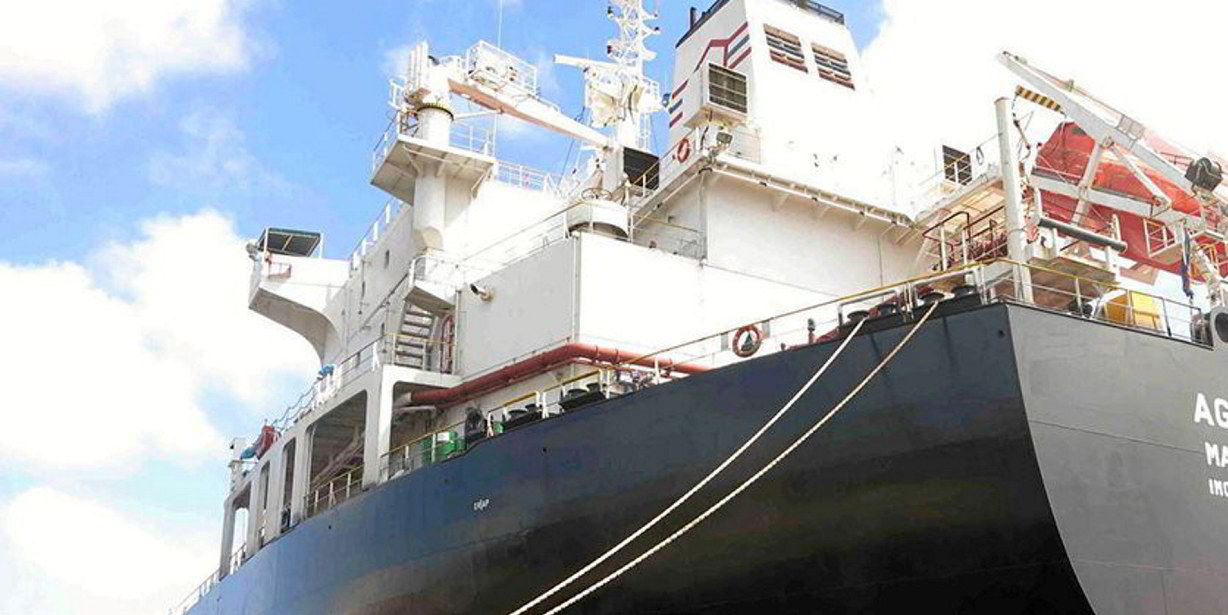
The tanker S&P market has been more of an area for opportunistic buyers, in English's view.
This has meant a focus on older ships, despite the various regulatory changes affecting the industry in the coming years.
“Interestingly, despite earnings being weak, the pricing for more modern tonnage has not changed, and if anything, the significant increase in newbuilding pricing due to both demand and steel price increase has meant that there has still been relatively high demand for the sparse modern eco secondhand tonnage available,” English said.
As a result prices have been steady.
He gave the example of a five-year-old MR now being in the low-$30m bracket, similar to the level seen during the more positive market of the first six months of 2020.
Prohibitive costs for new systems?
Older tankers will be hit particularly hard by new International Maritime Organization energy efficiency regulations coming in 2023, English believes.
So there has been an upturn in newbuilding activity, pushing up prices at yards.
A new MR tanker in South Korea now costs a little over $40m, against the lower end of the $30m to $40m range previously.
English said that with limited support from longer-term charters, owners of dry bulk and tanker tonnage have tended to opt towards ordering conventional tonnage.
“And this is no surprise. With the upgrade of dual-fuel technology adding $10m and above to the cost of a medium-sized product tanker, there are going to be few takers on a speculative basis,” the broker concluded.

